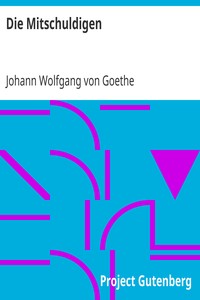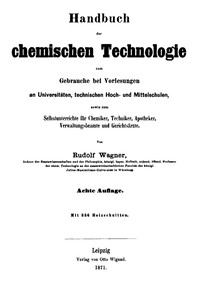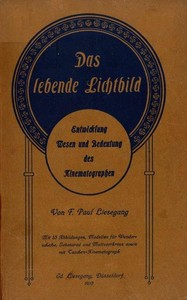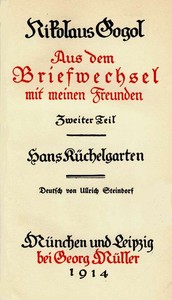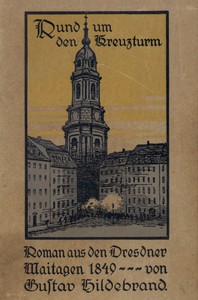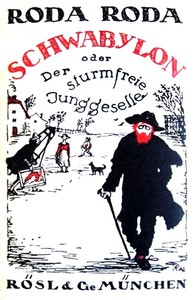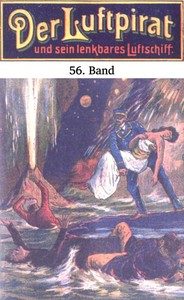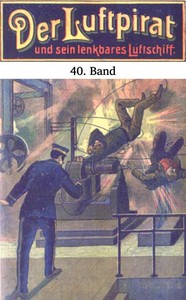Categories
Featured eBooks
Popular eBooks
History eBooks
With full of new history stories
View allRecent eBooks
- Featured
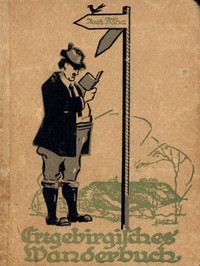
Erzgebirgisches Wanderbuch by Ma...
Authors:
Wenzel, Max, 1879-1946
In World C...
- Featured

Meine Wasser-Kur by Sebastian Kn...
Authors:
Kneipp, Sebastian, 1821-1897
In Explora...
- Featured

Am Sonnenwirbel: Eine Dorfgeschi...
Authors:
Geissler, Max, 1868-1945
In Geography
- Featured
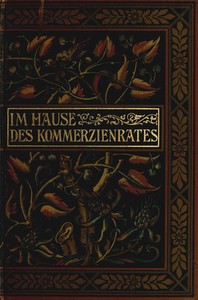
Im Hause des Kommerzienrates. by...
Authors:
Marlitt, E. (Eugenie), 18...
In Travel ...
- Featured

Auswahl aus den Dichtungen Eduar...
Authors:
Mörike, Eduard, 1804-1875
In World C...
- Featured

Aesthetische Farbenlehre by Conr...
Authors:
Hermann, Conrad, 1819-1897
In Explora...
- Featured

Oliver Twist by Charles Dickens
Authors:
Dickens, Charles, 1812-1870
In Geography
- Featured

Nietzsche, sein Leben und seine ...
Authors:
Heckel, Karl, 1858-1923
In Travel ...
Adventure eBook
How to raise your business to the up level
View All
By using our site you agree to our use of cookies to deliver a better site experience.

